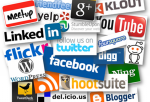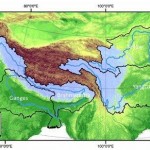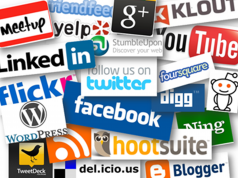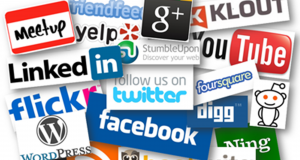
Amsterdam – Greenpeace released on February 8 the 5th edition of its Cool IT Leaderboard, which sees Internet search engine giant Google overtaking on climate issues, followed by Cisco and Ericsson.
The latest Cool IT Leaderboard ranks 21 IT companies on their clean energy leadership potential, willingness to embrace clean energy solutions, and potential to influence energy decisions. Google topped the table for its clear support of stronger US clean energy policy and the strengthening of the EU’s current 20% greenhouse gas target of 30% by 2020.
“Technology giants have a real opportunity to use their power and influence to change how we produce and use energy – Google tops the table because it’s putting its money where its mouth is by pumping investment into renewable energy”, said Greenpeace International IT Analyst Gary Cook. “The IT sector might like to consider itself forward-thinking, but it is keeping far too quiet while the dirty energy industry continues to exert undue influence on both the political process and financial markets.”
The rapid expansion of global telecom infrastructure and data centers that power the ‘Cloud’ (1) is driving significant energy demand in many sectors, much of it from dirty sources such as coal and diesel (2). While Google ranks high on the Leaderboard, thanks to both its political advocacy and sourcing of renewable energy, Japanese telecommunications company Softbank has received the Leaderboard’s highest political advocacy score ever for its post-Fukushima Japan, demand for a rapid shift towards renewable energy and away from nuclear power. Google, Cisco, and Dell all stand out for sourcing over 20% renewable energy globally for each company’s infrastructures. Oracle received the lowest ranking overall due to failing to disclose either renewable or dirty energy use.
Six telecommunications companies were added since the latest version (4), along with major IT software and equipment brands from India and Japan (5). Overall, while the Greenpeace ranking found a steady increase in the quantity and strength of renewable energy solutions from many companies such as Cisco, IBM, Ericsson and Fujitsu, it also found a significant drop-off in policy advocacy leadership by IT companies (6).
“The IT industry must use its influence, innovative spirit and technological know-how to overcome the dirty energy companies who are holding on to the status quo, and holding us back from a transition to a renewable energy economy”, said Cook. “What we’re seeing is a lot of talk from companies about moving toward clean energy, but so far, not much of action”.
Apple and Facebook, two of the sector’s most influential brands, have not been included in this year’s Leaderboard. Apple was not included because its efforts do not meet the Leaderboard criteria. It has not demonstrated leadership or elected to pursue market opportunities to drive IT energy solutions that many of its competitors have, despite record profits and large cash reserves. Facebook was not included in the previous Leaderboard for similar reasons, but has recently changed its policies and committed to a renewably powered Facebook, and announced a partnership with Opower to use the Facebook platform to help its users compare their energy usage. Facebook will be included in next year’s Leaderboard (7).
The Cool IT Leaderboard was released in New Delhi, India, at a business roundtable organized by Greenpeace and Cybermedia India Online, which focuses on how renewable energy can power Indian business growth.
The Leaderboard is part of Greenpeace’s wider campaign to challenge the IT industry to use its innovative skills and ingenuity to lead the way to scalable solutions aimed to reduce global emissions.
Greenpeace is an independent global campaigning organization that acts to change attitudes and behaviour, to protect and conserve the environment and to promote peace.

Notes:
1. The energy used to power data centres, such as those operated by Facebook, Apple, Microsoft, IBM and other major IT companies that deliver online services is significant, totaling more than 2% of US electricity demand, and is projected to grow 12% or more per year. Videos, pictures and other data are stored in a high tech “cloud” (3) which delivers data to homes and offices in real time. This cloud is often located in areas that are heavily dependent on electricity from a variety of sources, including coal, which is negatively impacting human health and the environment and is the largest source of global warming pollution.
3. Cloud computing is a way of storing and sharing data on the internet. Broadly speaking, the cloud allows you to share computer resources on the internet instead of using software or storage on a local PC. It allows online access to items such as webmail, stream music and social networking.
4. Six telecommunications companies were added in the latest version: AT&T, Telefónica, Vodafone, Softbank, Alcatel-Lucent, and NTT
5. Major IT software and equipment brands from India and Japan: HCL,TCS and NEC
6. Of the companies that were evaluated in Version 4 in 2011, only Wipro and Sharp saw their advocacy leadership scores improve, with the rest going down.
7. Both companies’ energy use will also be evaluated in April in the second annual Greenpeace report “How Dirty is Your Data?” which looks at the impact of the sectors rapidly growing infrastructure.
Source: Greenpeace.










